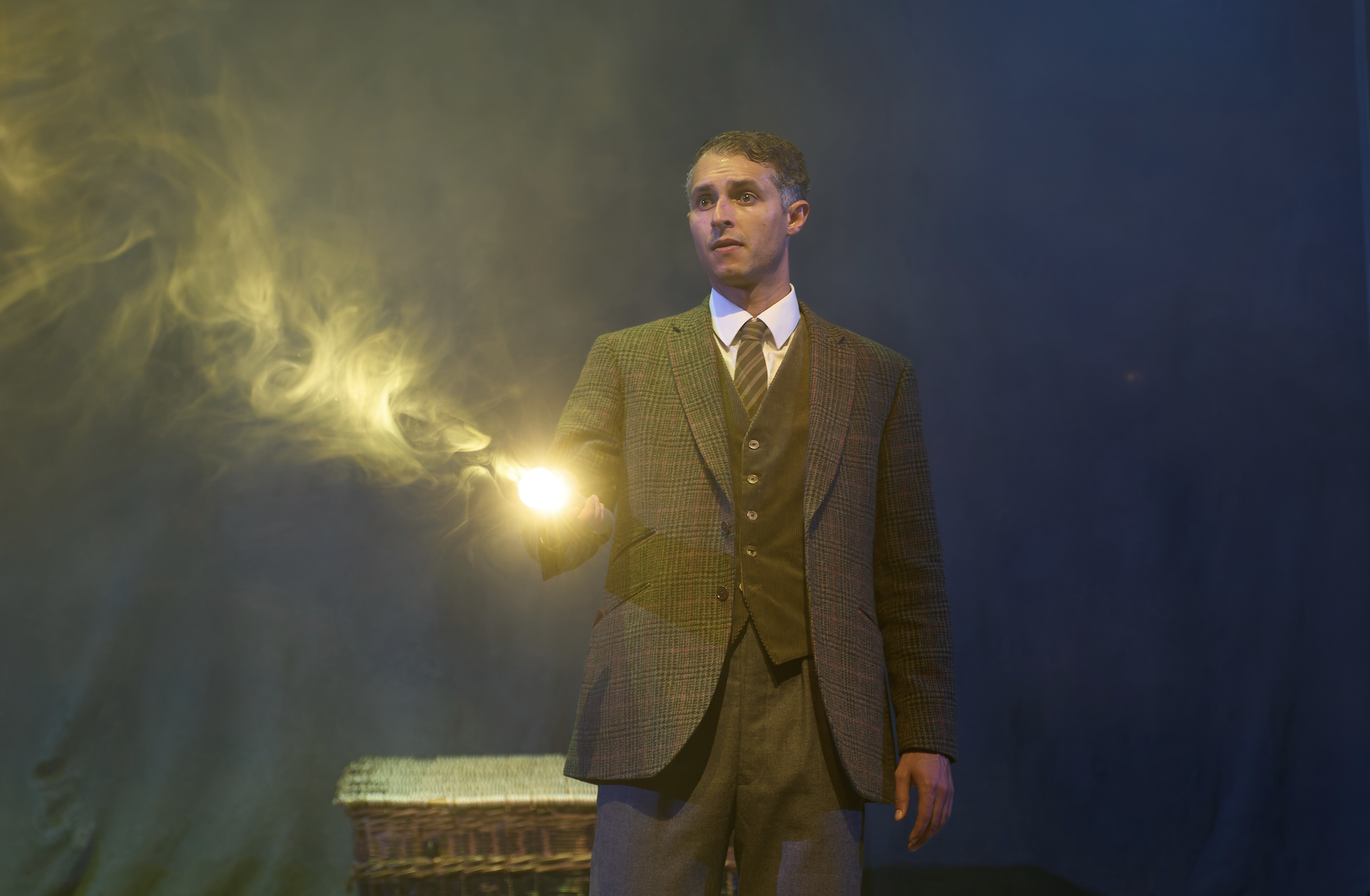Brighton Theatre Royal Review: The Woman in Black
Summary
Rating: ★★★★★
Duration: 2 hours incl. interval
Running Dates: 18th - 22nd November 2025
Where to see it: Brighton Theatre Royal
Review
The piercing shriek from The Woman in Black could be heard from across the stalls. Opening night of the show commenced on November 18th at Brighton’s Theatre Royal. It brought thrill, humour, and an eerie foreboding upon the audience who sat eagerly awaiting their next shrill.
Based on Susan Hill’s book, the play documents Arthur Kipps’ attempt to tell his chilling ghost story with the help of The Actor, who he has hired. His truth begins when he was an attorney sent to the estate of the deceased Alice Darblow, from here he uncovers the bleak truth behind the ghostly house and why no locals dare step foot near those treacherous marshes.
Stephen Mallatratt’s adaptation of The Woman in Black, utilised the two-man performance to an exceptional level. Both actors: Daniel Burke and John Mackay switched between characters effortlessly.
Photography by Mark Douet
What began as a seemingly weak and uninspiring performance from Mackay, quickly unfolded to being an act within the play. He was merely playing the role of a dull, mumbling old man. It wasn’t until later in the play that his projection was truly seen, through his versatility with accents and tones.
Burke had a strong presence on the stage, he seemed to carry the beginning of the play as Mackay’s character fumbled behind. This later married into the perfect ensemble as the pair thrived on each other's confidence in telling the story of Mr Kipps.
The play within a play instilled a comedic tone throughout but time unravelled the complexities and serious nature of the topic, with jump-scares and freakish, shrieking sound effects. The pair used humour and often broke the fourth wall to create an immersive and engaging experience.
Photography by Mark Douet
Whilst the two actors carried the performance, the faceless woman in black made her sly appearance, gliding in and out of scenes. Remaining true to her role she is unnamed within the programme, her vital part seems somewhat overlooked within the bigger picture of the performance.
The minimal set and lack of props proved to elevate the performance thanks to the set production and lighting crew who maximised the purpose of objects. A hidden room placed behind a partition was ready to be unveiled later in the play. The furniture within this room doubled as gravestones when covered with a sheet. Chairs and baskets were fit for many purposes and combined with the sound effects helped to allude to the vision of a train, or horse and cart.
Photography by Mark Douet
The stage was cleverly used to create the appearance for multiple scenes such as a house and rooms within it, an office, a train, marshland, all accompanied by the crafty use of lighting. Red and blue hues were cast over the stage to give the contrasting feel of warmth and security which quickly evolved into coldness and isolation. Shadows were used to accentuate the fear within the audience, creating an ominous feeling as the outline of Eel Marsh House is projected behind the cast.
Smoke arose from the stage masking the air with an opaque cloud of grey, this interactive experience placed the audience in the foggy marsh alongside The Actor, ensuing panic and confusion in the reduced visibility. The smoke as well as the dimming of lights proved useful in the changing of scenes.
Photography by Mark Douet
This smoke, the panoramic sound, and Burke addressing the audience on multiple occasions brought the audience along on the journey of Mr Kipps’ story. As someone who had not seen a film or stage adaptation of the original, I can surely say that the audience felt both enthralled and involved in the retelling.
With tickets starting at £15 and a total of seven performances, including two matinees, The Woman in Black would be a shame to miss. The price does not do justice to the quality of this performance.
Reviewed by Isabel Meszaros





